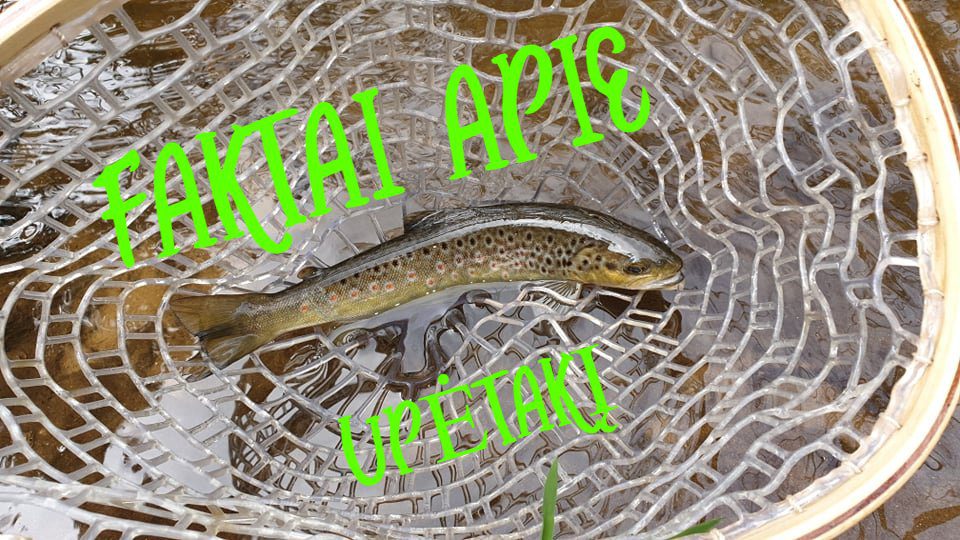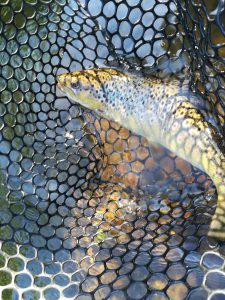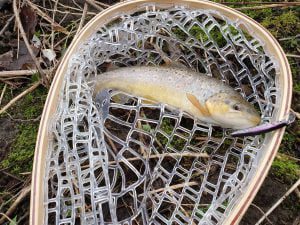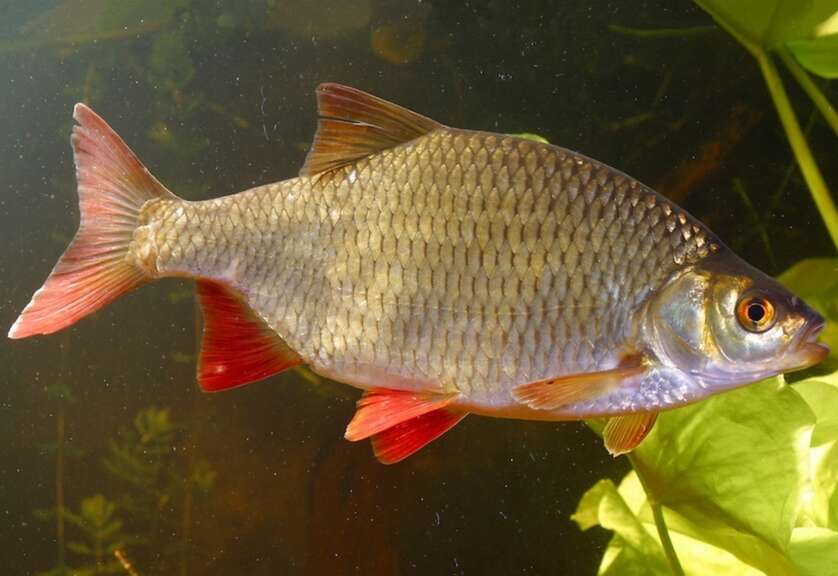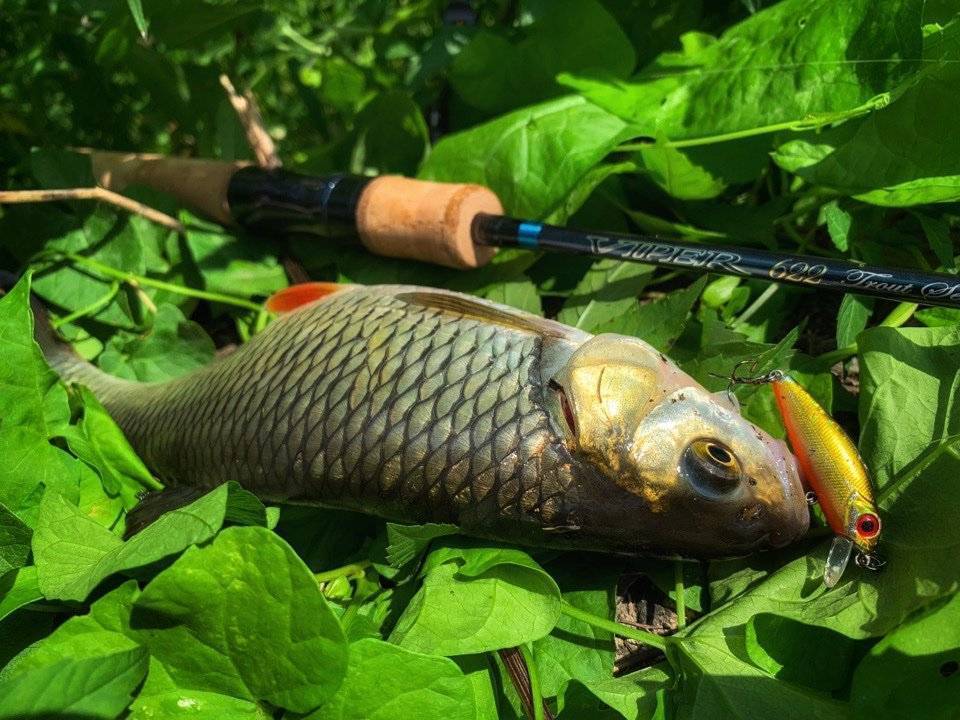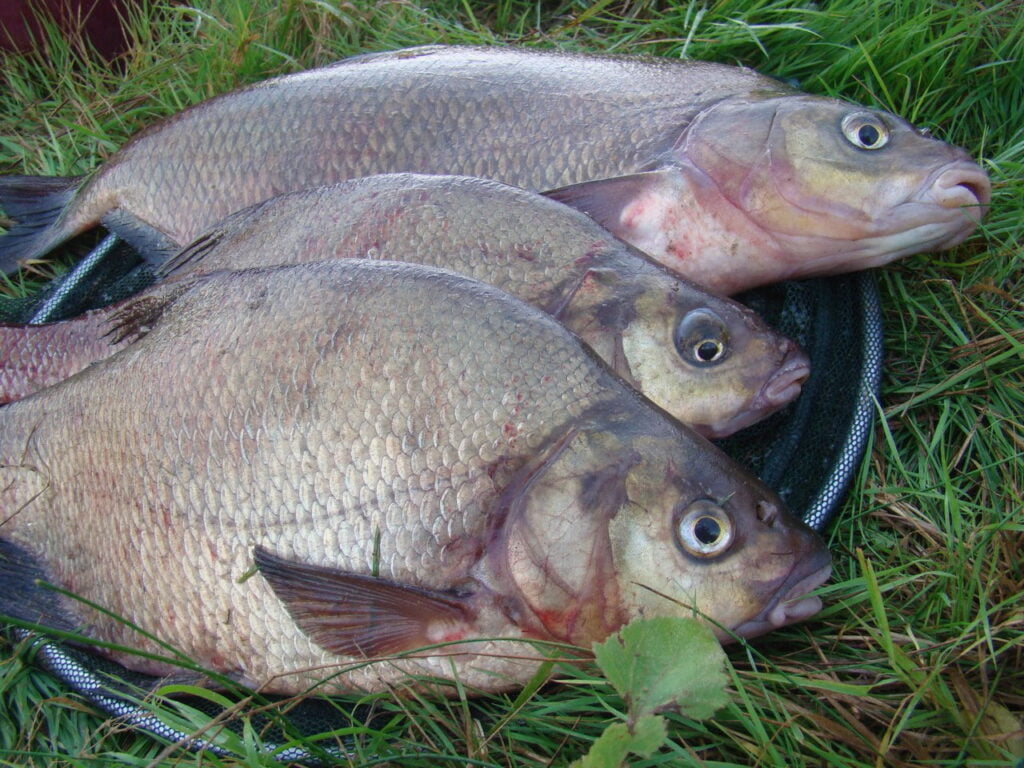Sveiki mieli skaitytojai. Upėtakis nėra specifinė žuvų rūšis. Tai apibendrintas daugelio gėlavandenių ir jūrinių žuvų rūšių, priklausančių lašišinių (Salmonidae) šeimai, pavadinimas. Ši žuvis aptinkama trijose iš septynių lašišinių šeimos genčių: lašišos (Salmo), Ramiojo vandenyno lašišos (Oncorhynchus) ir palijos (Salvelinus). šiandien nusprendėme išsamiai pakalbėti apie upėtakius. Straipsnyje pateikiami įdomiausi faktai apie upėtakį.
Faktai apie upėtakį
Nr. 1
Jų kūnas yra padengtas žvynais, kurie gali būti skirtingos spalvos. Pavyzdžiui, gėlavandenis upėtakis gali būti rudos, gelsvos, rausvos arba pilkšvos spalvos. Šlakiai dažniausiai būna sidabrinės spalvos. Garsiausias, vaivorykštinis upėtakis, dažniausiai yra mėlynai žalios arba geltonai žalios spalvos su rausvomis juostelėmis šonuose. Tačiau ši spalva keičiasi per visą žuvies gyvavimo ciklą.
Nr. 2
Jie yra mėsėdžiai ir minta daugelio rūšių žuvimis (įskaitant ungurius), vabzdžiais, moliuskais, krevetėmis, laumžirgiais ir kt. Tačiau upėtakių mityba labiau priklauso nuo regiono, kuriame jis gyvena, ir nuo jo dydžio. Didelės žuvys maitinasi daugiausia dideliu grobiu, o mažesnės – atitinkamai mažesniu grobiu. Tarp upėtakių yra keliautojų rūšių. Tai yra, dalį savo gyvenimo jie praleidžia jūroje, o dalį – į ją įtekančiose upėse. Tačiau vis tiek dauguma rūšių yra gėlavandeniai individai.
Nr. 3
Lytiškai subręsta 2–3 metų amžiaus. Priklausomai nuo rūšies ir buveinės, gali perėti rudenį, žiemą ir pavasarį. Gamtoje jie dažniausiai neršia savotiškame lizde, kurį sukuria žvyro ir smėlėtose vietose, smogdami į žemę uodegos peleku. Po 2-4 mėnesių iš padėtų ikrų išsirita palikuonys. Iš visų ikrų išsirita tik apie 10-15% palikuonių (daugumą ikrų suėda plėšrūnai).
Nr. 4
Upėtakiui labiau patinka švarus, šaltas ir deguonies turtingas vanduo. Tai steno terminė žuvis, tai reiškia, kad ji gali išgyventi tik siaurame temperatūros diapazone, kuris svyruoja nuo +8 iki +16 laipsnių Celsijaus.
Faktai apie upėtakį – Nr. 5
Jo mėsoje yra visų žmogui būtinų mineralų. Virtoje žuvyje yra kalcio, geležies, vario, magnio, cinko, fosforo, kalio, natrio, mangano, seleno. Jo mėsa taip pat yra geras vitaminų šaltinis, įskaitant vitaminą B1, vitaminą B6, vitaminą D, vitaminą B3 ir vitaminą B12. Jame taip pat yra omega-3 riebalų rūgščių.
Nr. 6
Priklausomai nuo rūšies, jo kūno svoris gali svyruoti nuo 200 gramų iki 2 kilogramų. Verta paminėti, kad šlakiai yra daug didesni ir sunkesni už gėlavandenius upėtakius.
Nr. 7
Kaip minėjome anksčiau, yra daugybė upėtakių rūšių, tačiau rinkoje daugiausia galite rasti vaivorykštinių upėtakių. Iš pradžių ši žuvis į Europą buvo atgabenta iš Šiaurės Amerikos. Tai įvyko XIX a. Tuo pat metu Danijoje buvo įkurtos pirmosios upėtakių fermos. Danija ir toliau yra viena iš pirmaujančių Europos vaivorykštinių upėtakių auginimo šalių (be Prancūzijos ir Italijos). Taip pat veisiamos Turkijoje, Ispanijoje, Belgijoje, ir kt.
Nr. 8
Kulinarijoje tai universali žuvis. Jis turi gana neutralų skonį. Galima virti, rūkyti, kepti, kepti ant grotelių, kepti orkaitėje, gaminti vyniotinius.
Nr. 9
Tai gana ilgaamžė žuvis. Priklausomai nuo rūšies, jo gyvenimo trukmė gali svyruoti nuo 5 iki 12 metų.
Faktai apie upėtakį – Nr. 10
Nors daugeliui rūšių pasauliniu mastu pavojus negresia, kai kurioms rūšims kyla didesnis pavojus dėl tokių veiksnių kaip žvejyba, invazinių rūšių, kurios konkuruoja su upėtakiais arba minta jais. Taip pat upėtakių populiacijai įtakos turi tai, kad tai nėra visur paplitusi žuvis.
Nr. 11
Labai dažnai pirmą kartą pamatę upėtakį ir lašišą juos supainioja, juolab kad abu priklauso lašišinių (Salmonidae) šeimai. Iš tiesų šios žuvys yra labai panašios viena į kitą. Tačiau nepaisant visų panašumų, tarp jų yra ir skirtumų. Lašišos kūnas yra pailgesnis ir aptakesnis, o upėtakis yra labiau apvalesnis.
Nr. 12
Upėtakis nemėgsta ryškios šviesos, todėl nuo saulės spindulių slepiasi pavėsyje. Jis randa šešėlį po šaknimis, akmenimis ir kitomis pastogėmis. Jei tokių priedangų nėra, ji tiesiog nugrimzta į gylį, kur išsibarsto saulės spinduliai. Dėl šios priežasties šią žuvį žvejams lengviau pagauti debesuotomis dienomis, nes tada ji yra aktyviausia.
Nr. 13
Jaunikliai dažniausiai gyvena būriuose. Jie taip pat medžioja būriais. Kuo vyresnis tampa upėtakis, tuo toliau jis tolsta nuo gaujos. Galiausiai lytiškai subrendę individai palieka gaują ir pradeda medžioti vieni.
